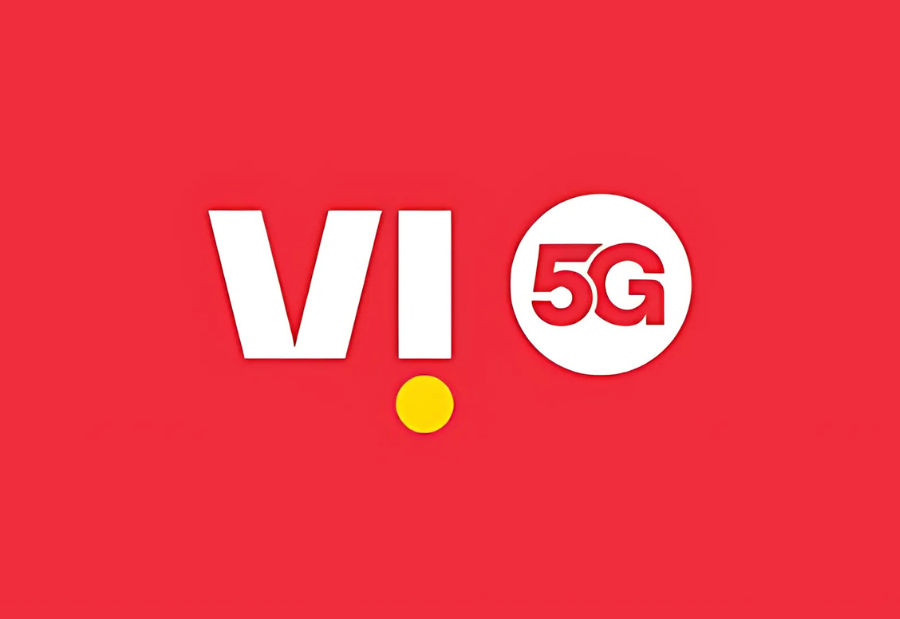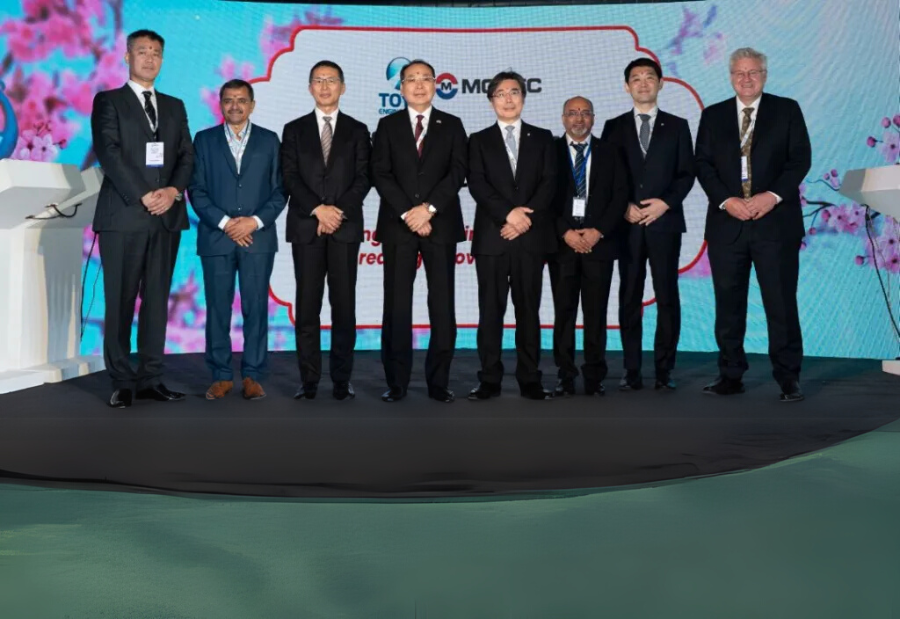“The medium is the message.” When media theorist Marshall McLuhan coined this phrase in the 1960s, he couldn’t have anticipated just how radically the medium of social media would redefine communication itself.
From connecting long-lost friends to sparking revolutions, social media has profoundly altered the way humans interact, share ideas, and build relationships. But how exactly has it changed communication—and where is it headed?
The Communication Revolution: A Decade (or Two) in Review
1. From One-to-One to One-to-Millions
Before social media, communication was mostly private or linear—think phone calls, letters, or even emails. Social media democratized mass communication. Anyone with an internet connection could suddenly broadcast thoughts, ideas, and emotions to a global audience in real-time.
2. The Rise of Visual Language
Platforms like Instagram, Snapchat, and TikTok turned visual content—photos, emojis, memes, and videos—into a dominant language. Communication became shorter, snappier, and more expressive, transcending language barriers and traditional literacy.
3. The Algorithmic Filter
Our conversations are no longer just between people—they’re moderated by algorithms. What we see, when we see it, and how we respond are shaped by complex, often invisible, machine-learning systems. This has birthed echo chambers and virality culture, where attention—not authenticity—often wins.
4. Real-Time Everything
News breaks on X (formerly Twitter), family updates arrive via WhatsApp, and professional milestones appear on LinkedIn—all in real-time. Social media compressed the feedback loop. The response to events is instant, emotional, and massively amplified.
Not Just Social—Societal Impact
Social media hasn’t just changed how we speak—it has redefined who we are as communicators.
-
Identity & Expression: People now build and curate digital personas. Communication is performative—likes, shares, and retweets act as public validation.
-
Activism & Awareness: Movements like #MeToo, #BlackLivesMatter, and India’s farmer protests gained traction through social media. Voices long ignored found amplification.
-
Mental Health: The constant pressure to present, perform, and compare has raised concerns around self-esteem, anxiety, and digital burnout.
The Future Trajectory: What’s Next for Social Communication?
Hyper-Personalization
AI and deep learning will refine content curation to almost unnerving levels—delivering hyper-targeted news, ads, and even interactions tailored to individual behavioral patterns.
Neuro-Social Interfaces
With companies like Meta and Neuralink investing in brain-computer interfaces, we could see the rise of direct neural communication—where thoughts could be shared instantly, eliminating traditional input methods.
AI Avatars and Synthetic Influencers
Virtual influencers and AI-generated personas are already entering the scene. Future communication might be between real people and intelligent bots that can mimic tone, style, and empathy.
Privacy as Premium
As digital surveillance increases, platforms offering encrypted, ephemeral, or paywalled communication will gain traction. Expect a pendulum swing toward more intimate, private channels.
Global Yet Local
Translation technologies, combined with real-time video and AR/VR experiences, will make cross-cultural, cross-lingual communication seamless—yet cultural identity will remain vital in shaping narratives.
Conclusion: Social Media as the New Human Language
Social media isn’t just a tool—it has become a language, a stage, and a mirror. It reflects our society while reshaping it, amplifies voices while muting others, and connects us even as it changes the nature of connection itself.
As we look ahead, the challenge is not just to adapt to new ways of communicating, but to remain authentic, ethical, and intentional in a world where every word can be amplified to millions.
The future of communication isn’t just social. It’s sentient, synthetic, and deeply human—all at once.
Also read: Viksit Workforce for a Viksit Bharat
Do Follow: The Mainstream formerly known as CIO News LinkedIn Account | The Mainstream formerly known as CIO News Facebook | The Mainstream formerly known as CIO News Youtube | The Mainstream formerly known as CIO News Twitter |The Mainstream formerly known as CIO News Whatsapp Channel | The Mainstream formerly known as CIO News Instagram
About us:
The Mainstream formerly known as CIO News is a premier platform dedicated to delivering latest news, updates, and insights from the tech industry. With its strong foundation of intellectual property and thought leadership, the platform is well-positioned to stay ahead of the curve and lead conversations about how technology shapes our world. From its early days as CIO News to its rebranding as The Mainstream on November 28, 2024, it has been expanding its global reach, targeting key markets in the Middle East & Africa, ASEAN, the USA, and the UK. The Mainstream is a vision to put technology at the center of every conversation, inspiring professionals and organizations to embrace the future of tech.




